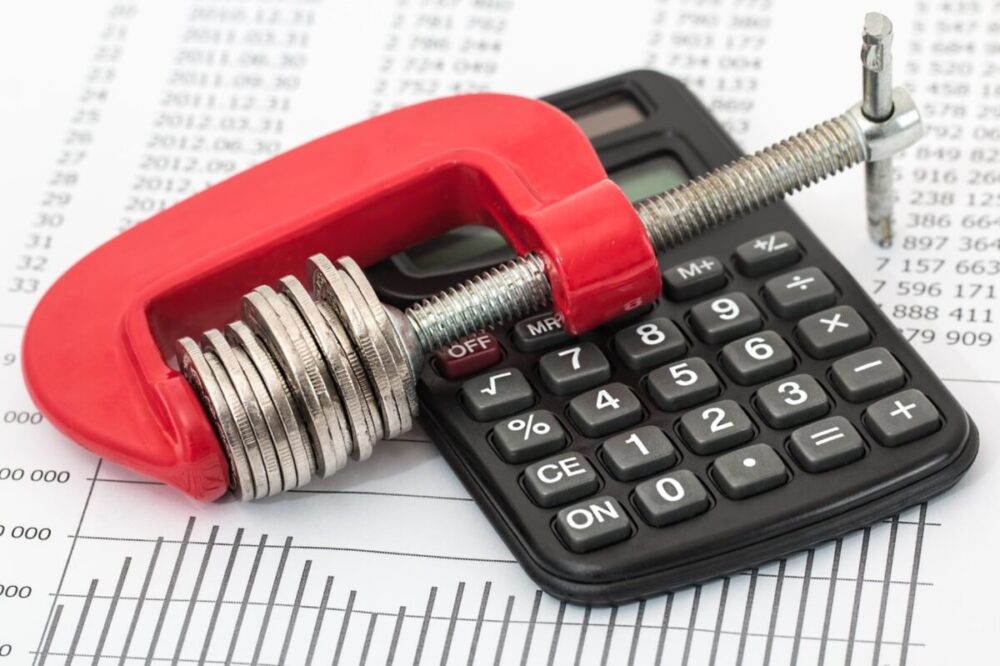Our monthly expenses may exceed our income or the set limit, so we start to take from our savings. We may end up with empty bank accounts if we don’t stop ourselves from overspending and cut down unnecessary items from our lives. To be able to effectively do that, we need to track how much we spend and on what as well. It is necessary to calculate your income to expense ratio to be able to save some cash.
Tracking your money can reveal spending issues that you need to tend to before it is too late. For instance, you may realize that you are a pathological overspender, so you will have to get treated for that condition. However, It is not easy to keep track of every penny coming out of your pocket, but we are going to provide you with ways to help you keep yourself in check as well as minimize your expenses.
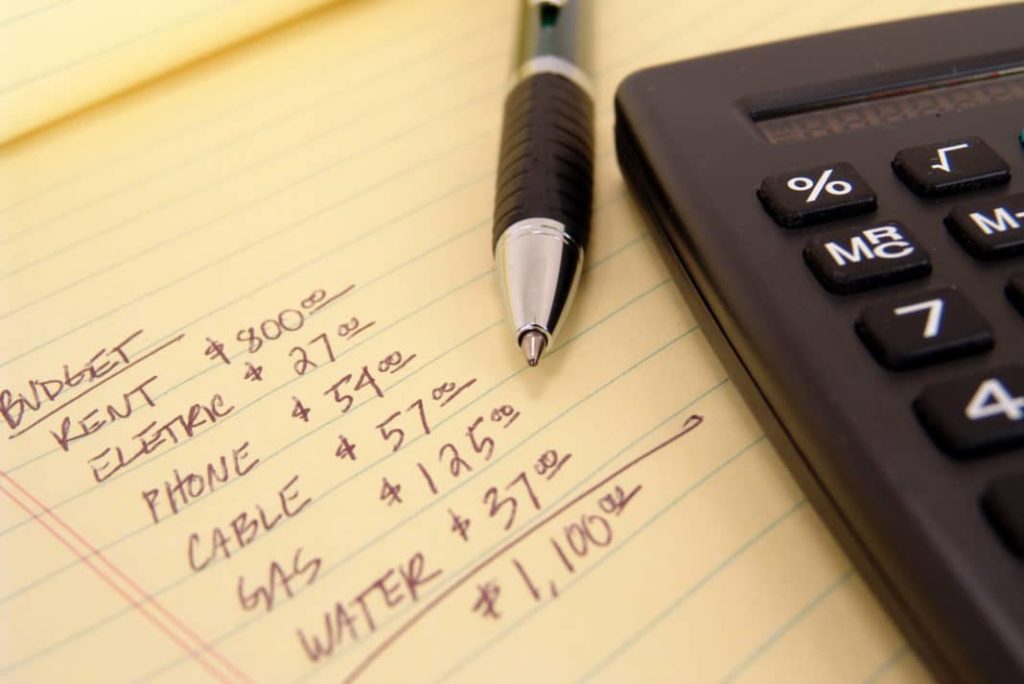
1. Pencil and Paper
The old-fashioned way of writing down your spending throughout the day using a pencil and paper is still effective. Its greatest benefit is that you don’t need the internet or technology to do that, so you are not limited by anything. On the other hand, as a result of relying on our phones, we’ve forgotten how important it is to note things down on paper. Accordingly, we forget to keep the receipts so we can add them to the budgeting notebook. Moreover, we may misplace the paper so we go back to square one and lose track of the current month’s expenses. That being said, it may be a good method to track your spending habits, but it won’t help you much with saving your money.
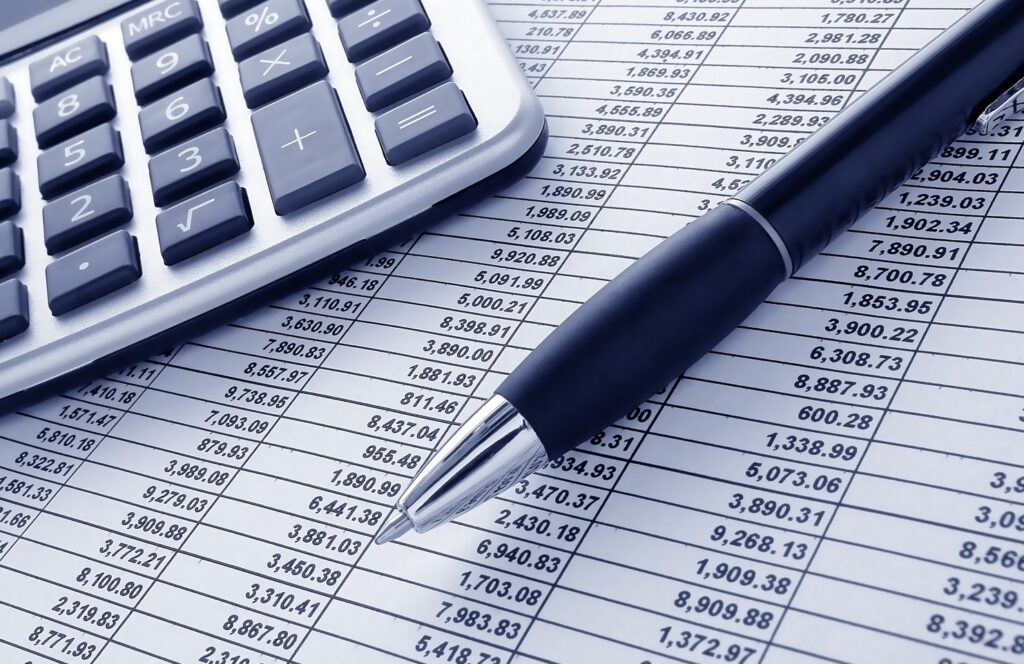
2. Spreadsheets
Some people like to keep things digital by using spreadsheets. All you need to do is add the name of the item and how much it costs, then the sheet will do the math for you. It can also customize your budget, according to your preferences. However, you will have to keep a laptop with you at all times, which is not practical.
Moreover, excel can keep your records, but it won’t tell you how to save money nor reach your budget goals. You will have to categorize your needs from the start to be able to know which category is sucking up your cash. By the end of the month, you will realize whether you are overspending on things that can be cut down, or if all of the money is going to the right places. You can also compare your spending timeline over a couple of months, which will give you room for adjusting the variable payments.

3. Digital Bookkeeping
If you are looking for a simpler method where you don’t have to do much effort, you can go for a bookkeeping application. You won’t have to add receipts or spend time categorizing them. All you have to do is link your bank accounts and let the application monitor your money. Financial gurus at Keeper Tax recommend using this method if you want to reduce your yearly taxes and accordingly save a huge amount of money without cutting down expenses. This is achieved by scanning your past transactions for business and personal write-offs. Moreover, at tax time, you can save time by filing directly through the app or print out a spreadsheet and do that elsewhere.
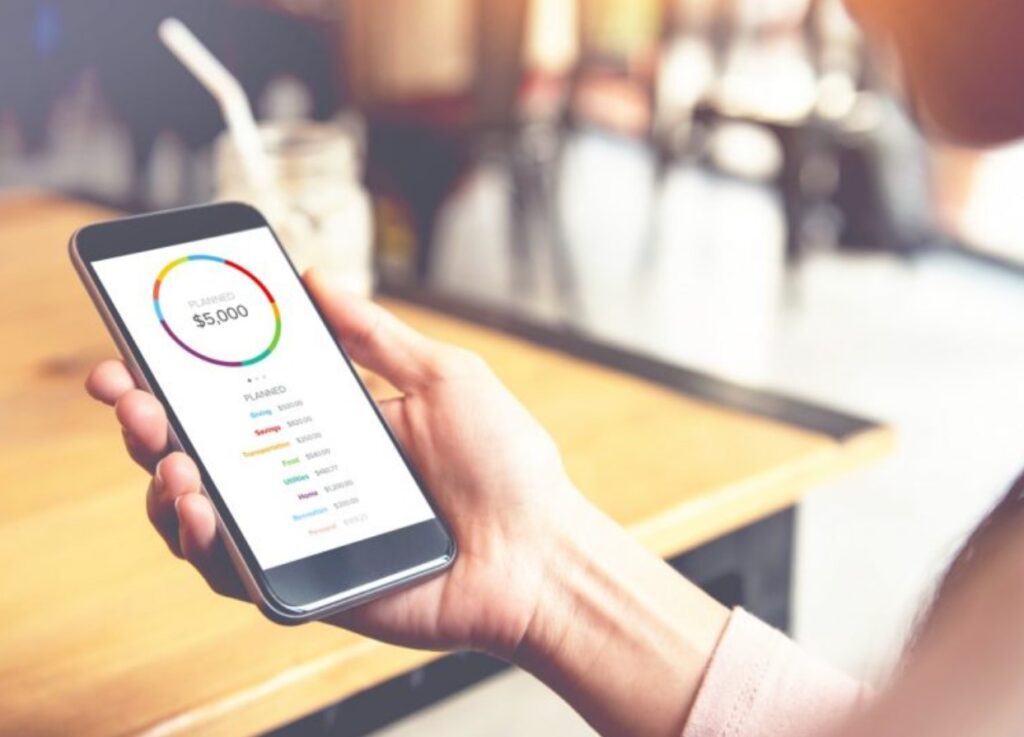
4. Budgeting Apps
You can dive into technology to help you monitor your money as well as make you stick to a budget. Sometimes we spend excessively, and we forget that we are exceeding our monthly limit. By using a budgeting app, you can customize your own plan to make it fit your needs. You can add the amount you are willing to spend on necessities as well as on shopping, outings, and gifts.
The beauty of these applications is that you can link your bank account and credit cards to them. That way, in case you forget to log in a day’s expenses, they will be added automatically once a transaction takes place. You no longer have to keep reminding yourself to write down every dollar you spend because the app will do that for you.
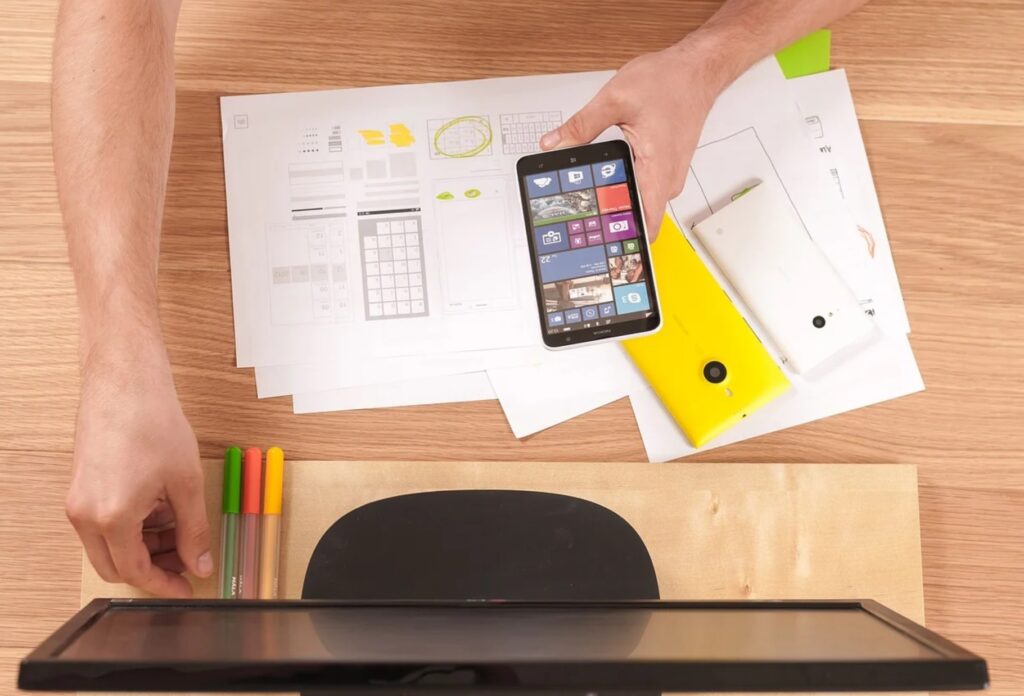
5. Envelope System
If you are one of the people who prefer paying in cash instead of cards, you should consider the envelope system. You will have to put money in separate envelopes and label each one according to where you are going to spend it. For instance, if you are going shopping, you should take the labeled envelope with you, and once it gets empty, you are not allowed to spend one more dollar.
By doing so, you’ll have better control of your spending without the hassle of writing down the expenses because these envelopes will be your guide. On the other hand, paying in cash can be inconvenient because you will have to wait at the registers. You will also carry a huge sum of money every time you go out, which is risky. Moreover, since e-commerce is invading our lives, you will find that you have to pay for some essentials using a credit card. However, watching cash leave your pocket hurts sometimes and can automatically make you stop spending, whereas electronic transactions don’t feel as bad.

6. Use a Spending Account
A very easy and hassle-free method is creating a separate spending account for the entertainment part of your life. If your balance runs low, it will be a sign to dial back on spending for the time being. You should also have a checking account that you can use to pay your bills, insurance policy, medical check-ups, and installments. This way, you won’t have to worry about digging into the money needed for the essentials.
Money-tracking methods are effective if you choose the right one for you. Whether you pick using applications, papers, spreadsheets, or bank accounts, you should make some effort to stick to the budget you will create. Remember that you are the only one that can keep yourself in check when it comes to spending money. You should always keep tomorrow in mind while taking cash out of your pocket because you can never know what is life going to throw at you.

